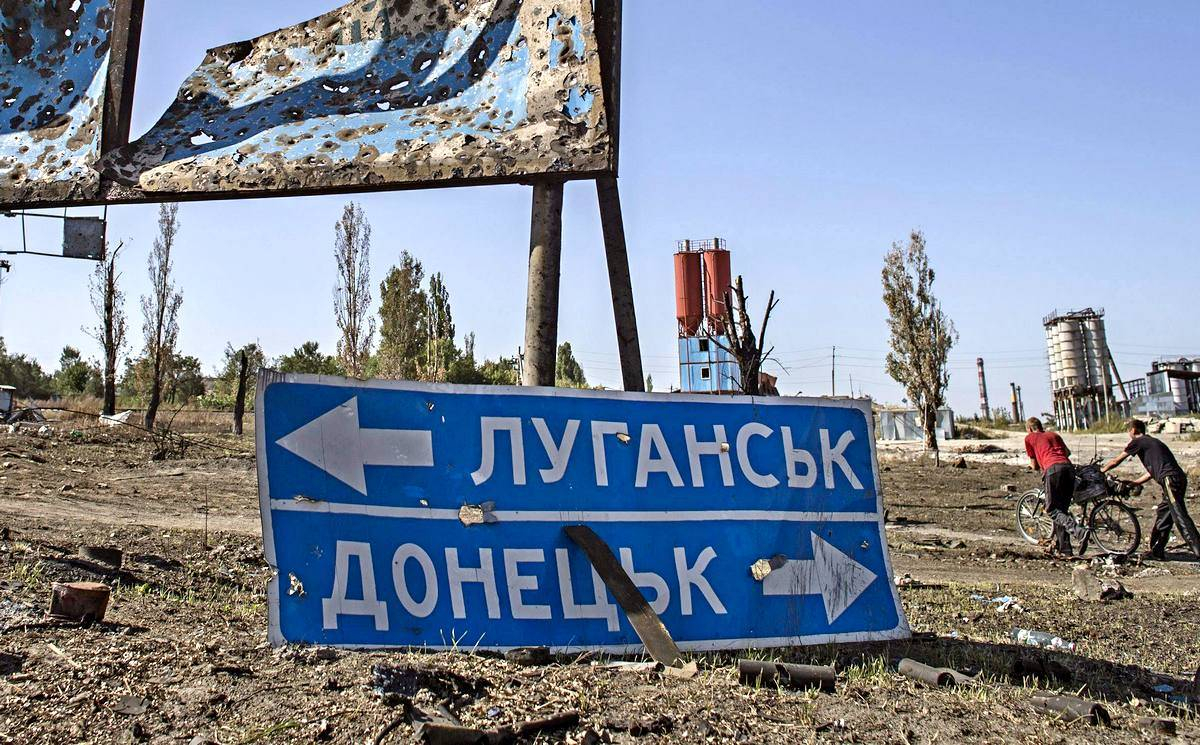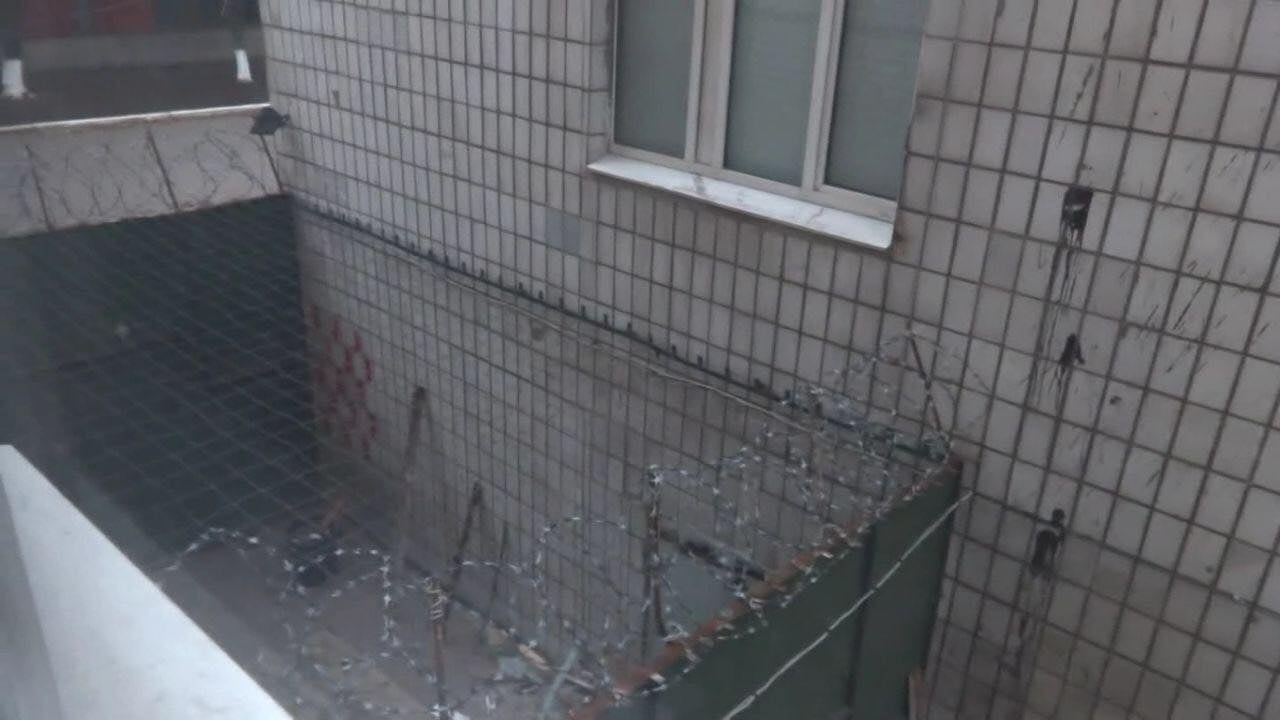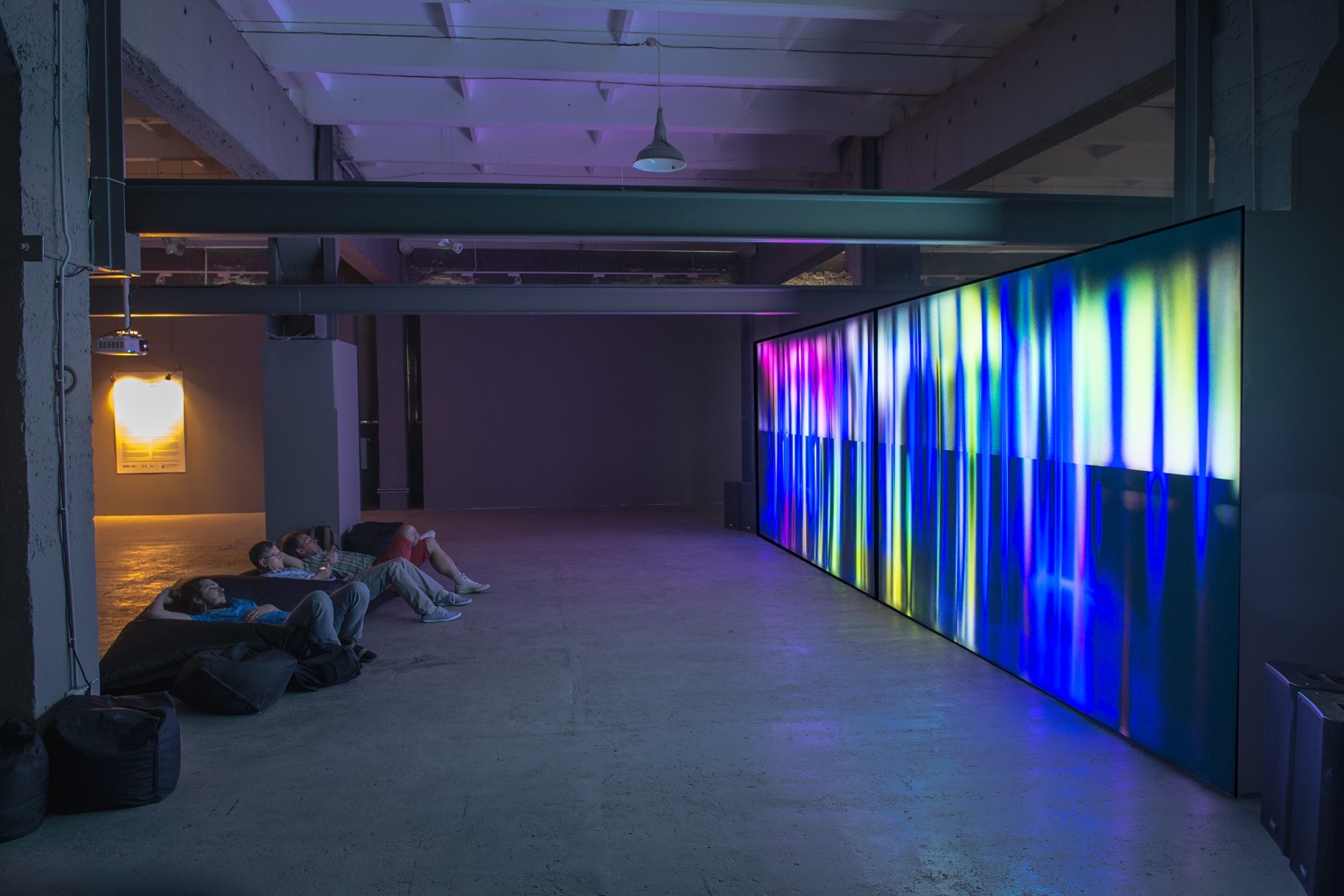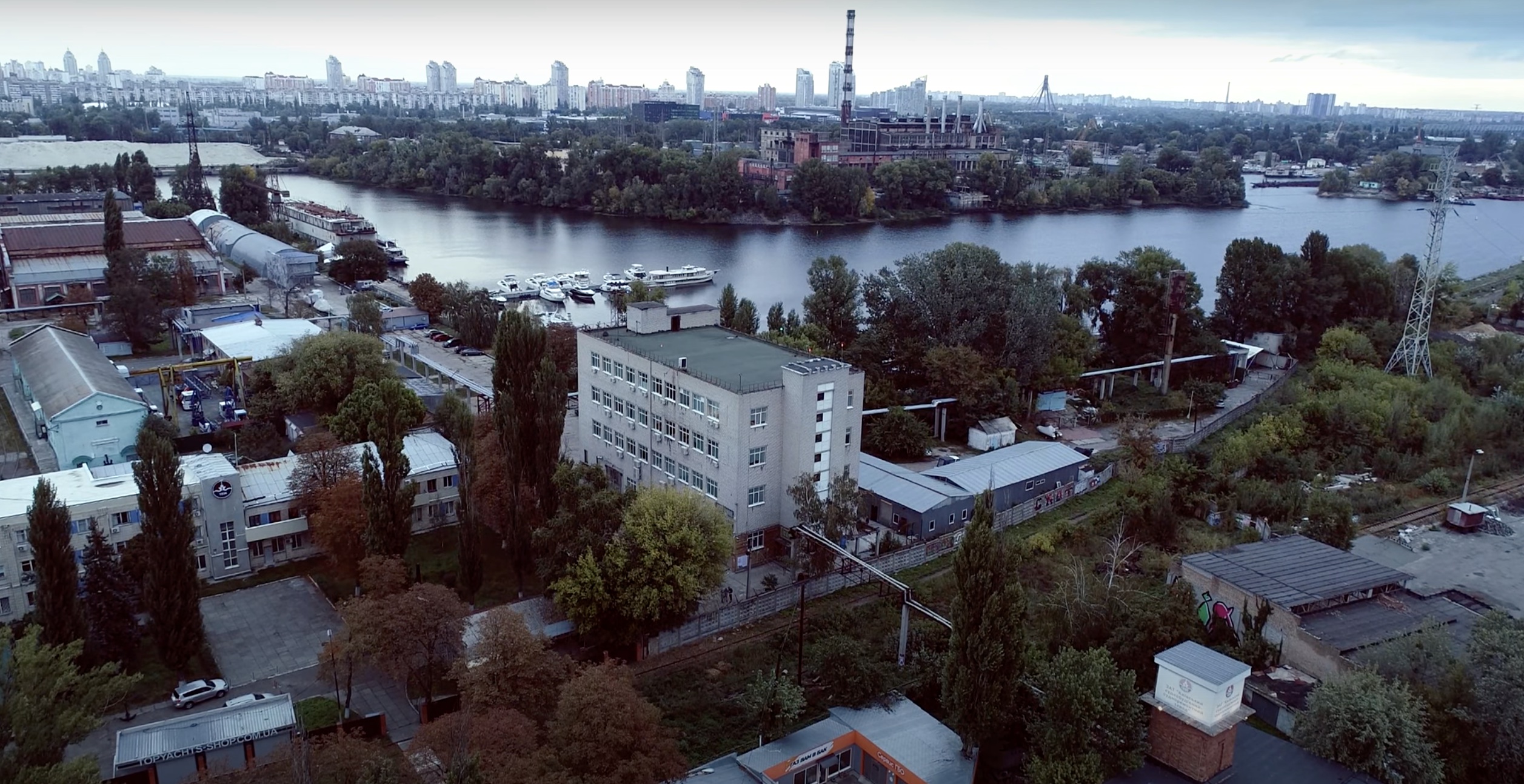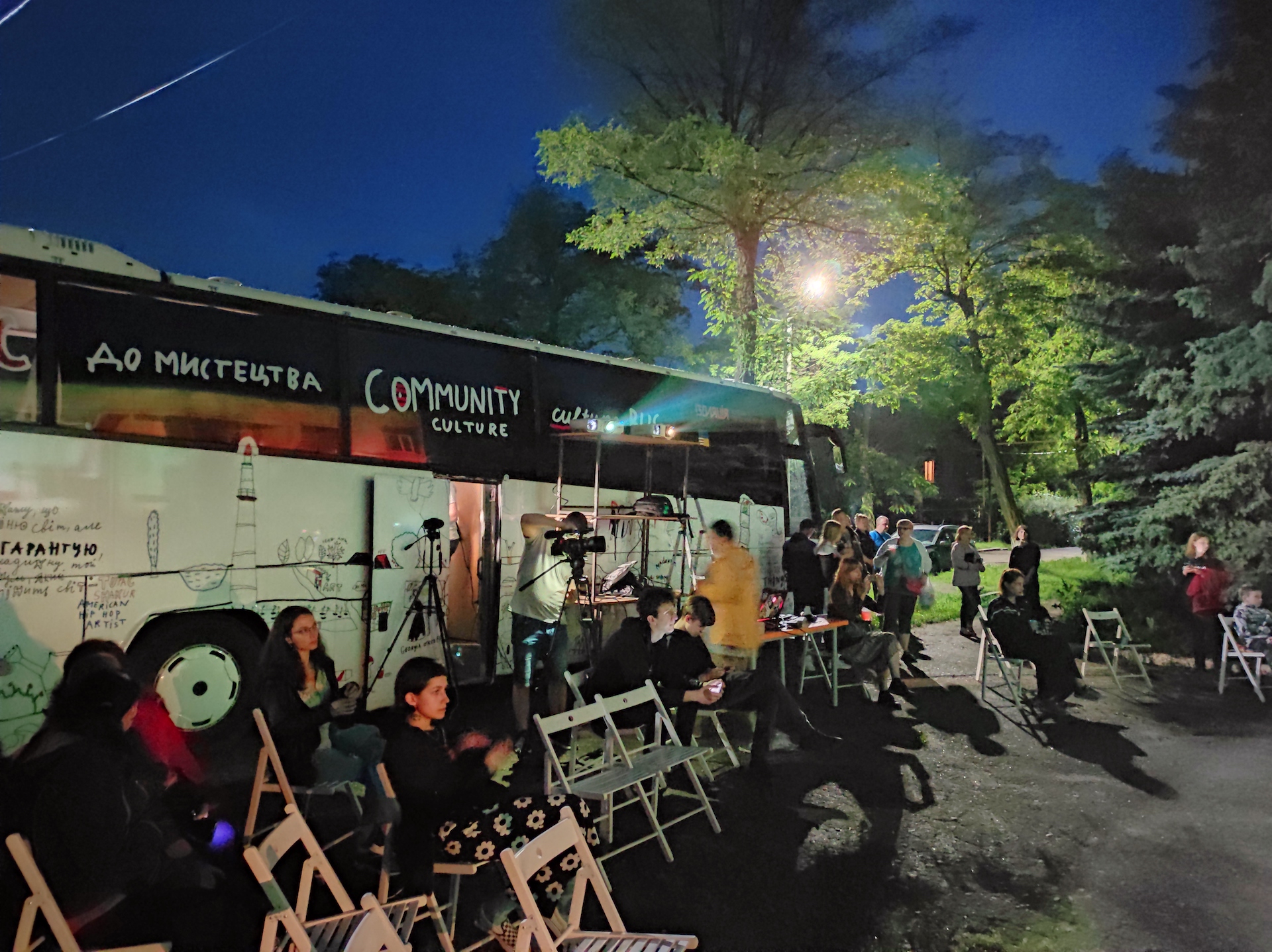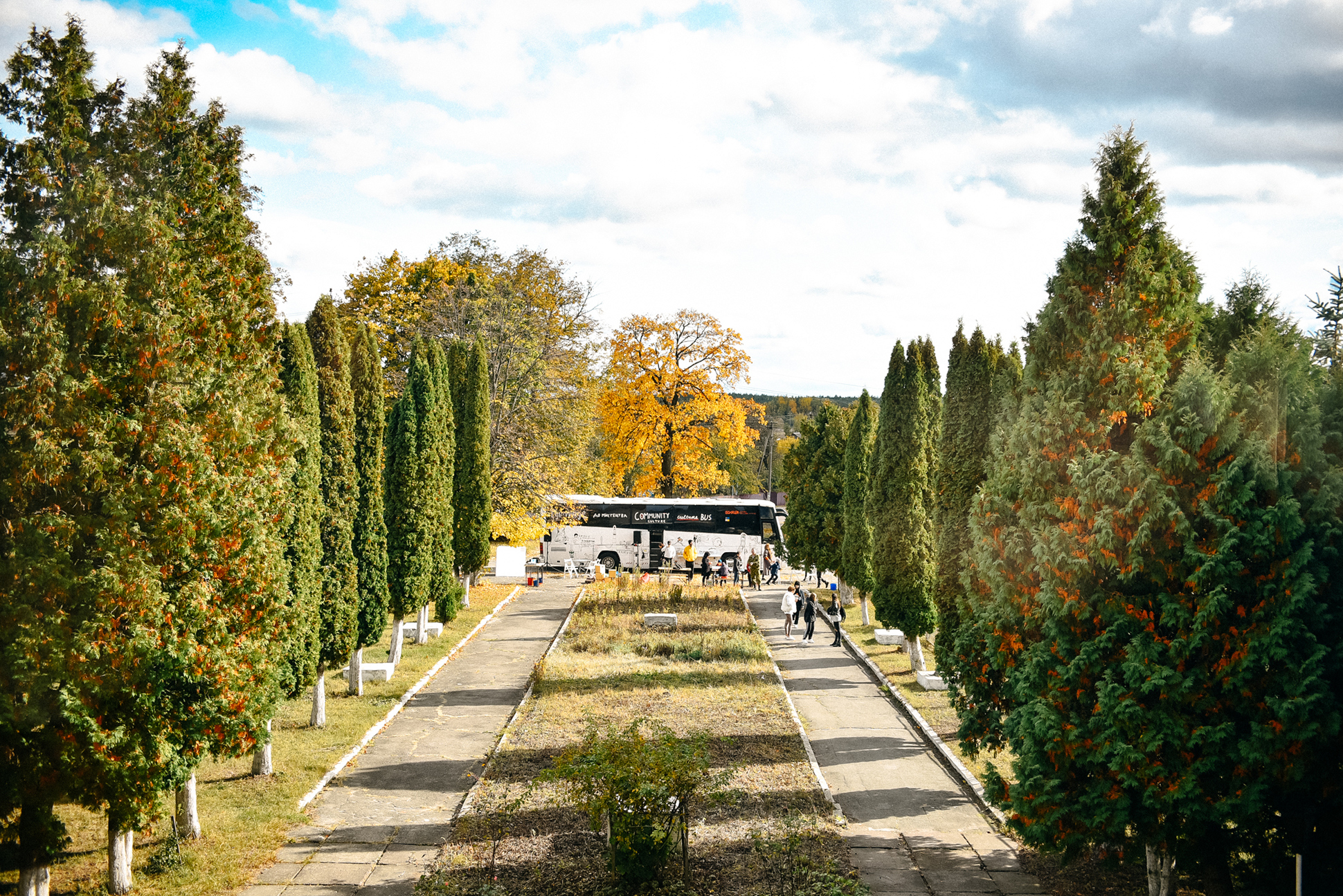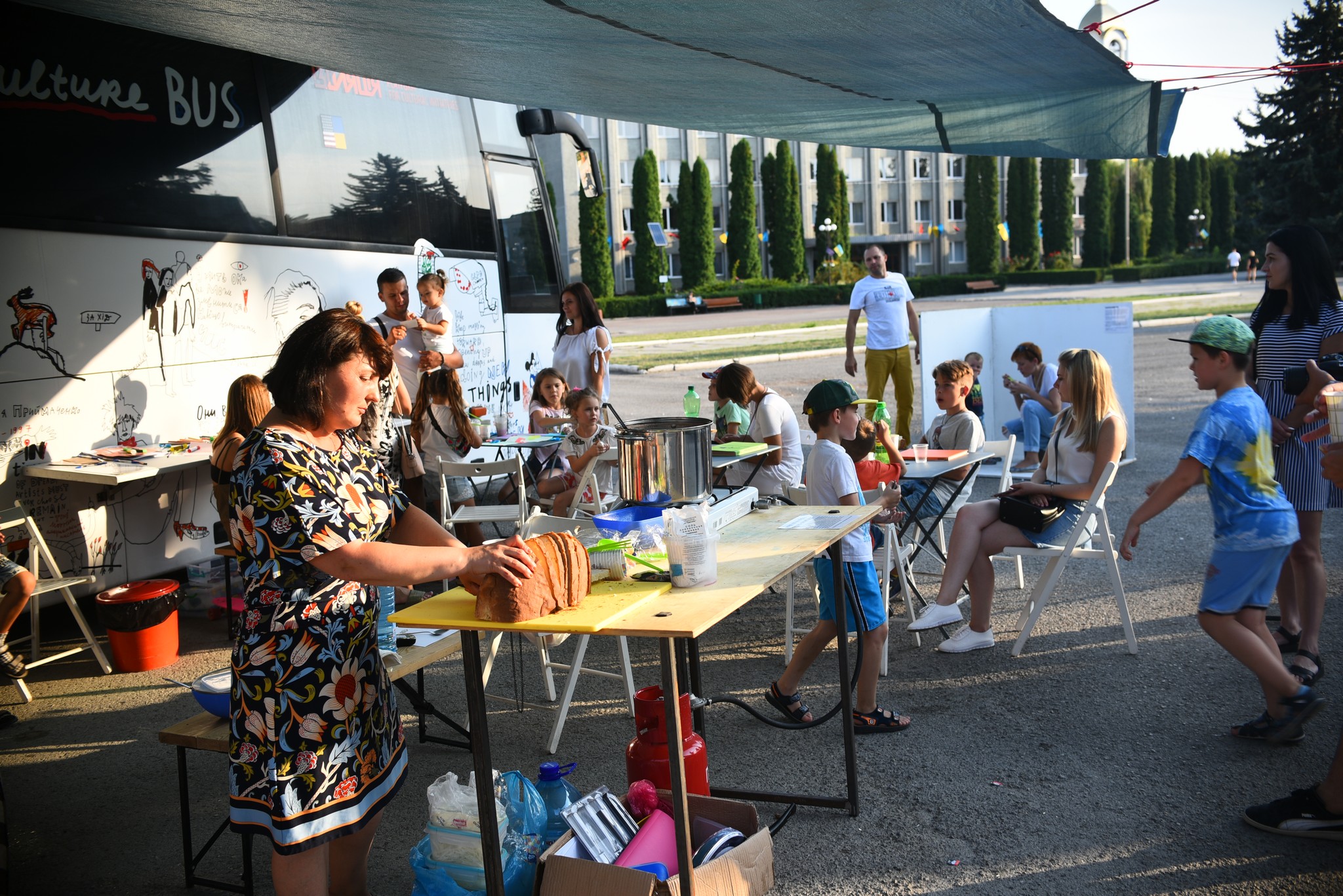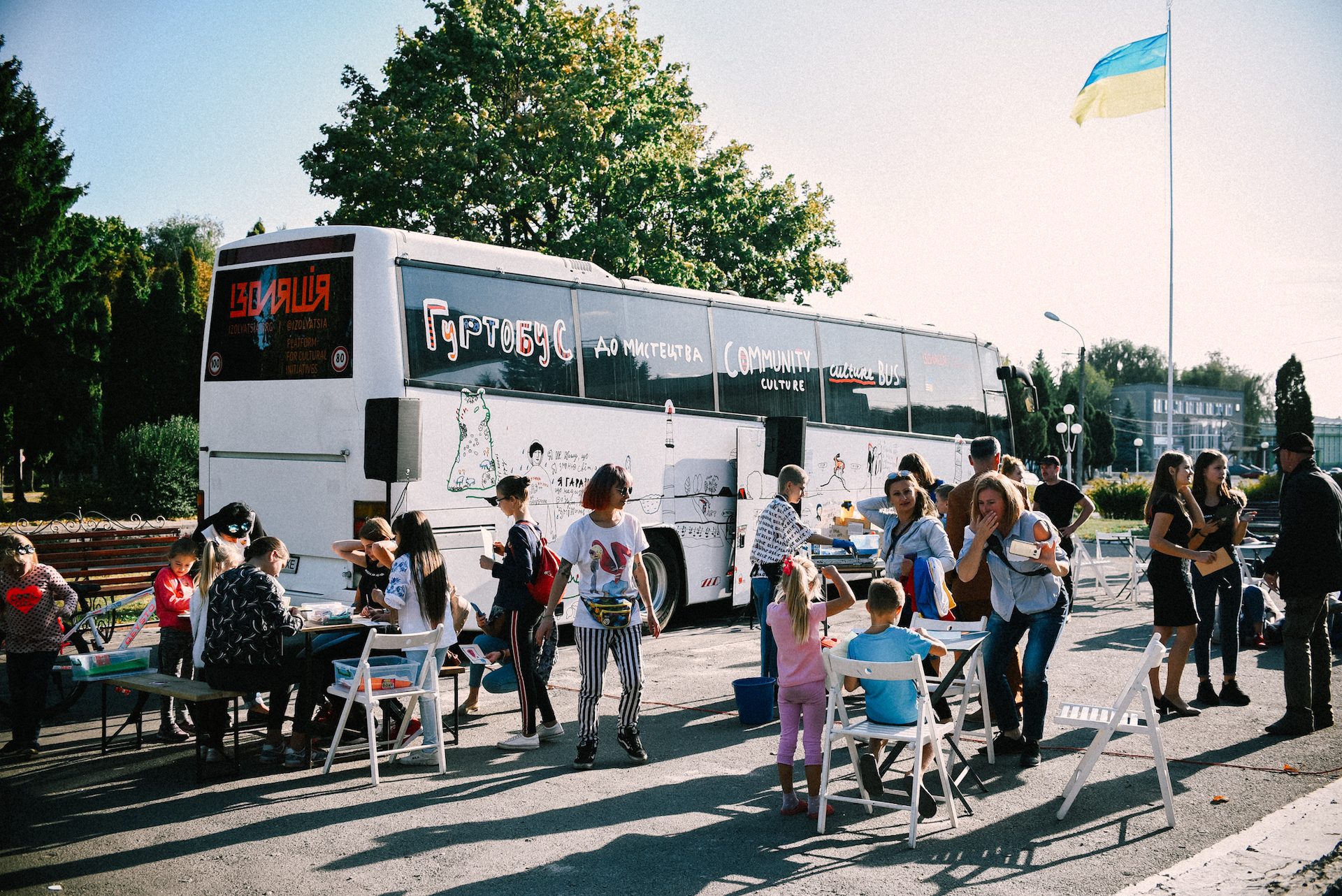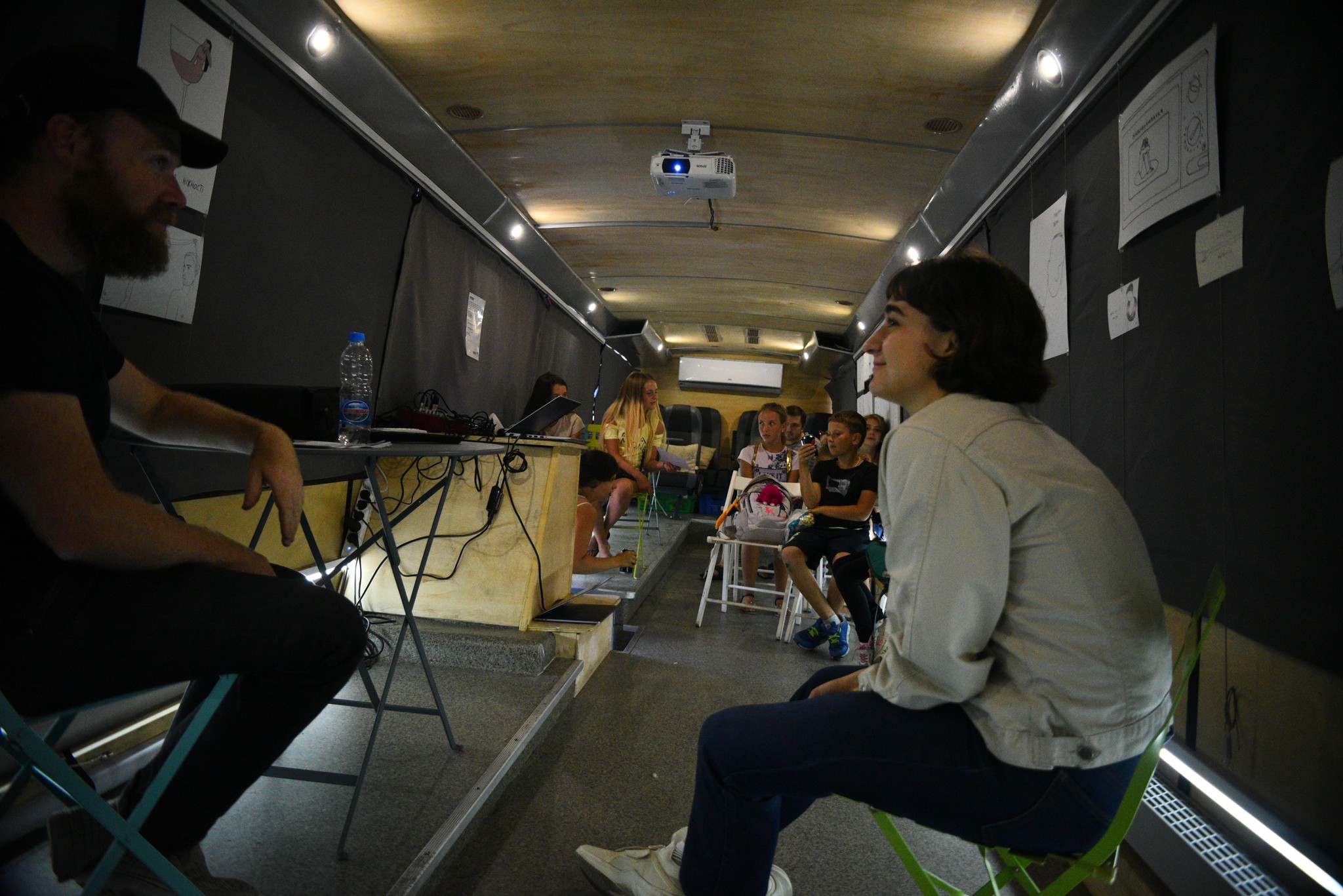IZOLYATSIA
IZOLYATSIA is a non-profit, non-governmental platform for cultural initiatives, founded in 2010 on the site of a former insulation factory based in Donetsk.
Its mission is to inspire positive change in Ukraine by using culture as an instrument.
IZOLYATSIA has three intertwined directions of activity: art, research and projects geared at activating Ukraine’s creative sector.
IZOLYATSIA operates in the capital of Ukraine (Kyiv) but puts most of the effort into cultural decentralization and focuses it’s activities on the city of Soledar in the East of Ukraine.
IZOLYATSIA Factory

The foundation takes its name from the original manufacturer. The historical genesis of the "Izolyatsia" mineral wool plant dates back to the 5th of March, 1955. The factory produced mineral wool for industrial thermal power-stations of the USSR, as well as the military, aviation, shipbuilding and space industries. The plant’s products were exported to Finland, Czechoslovakia, Hungary, Bulgaria, GDR, Vietnam and others.

The breakdown of the USSR triggered a severe crisis: the volumes of production were greatly reduced due to the decrease in the supplies formerly provided by the republics of the USSR. Productivity was greatly reduced as a result of the bankrupt railway station «Glasnaya» cutting and dismantling the railway to the plant. Consequently, the plant had to use trucks, which was considerably more expensive, greatly affecting the product cost.

In 2010 the International charity foundation IZOLYATSIA. Platform for cultural initiatives was created in hope to jump-start a new life of the plant.
IZOLYATSIA IN DONETSK
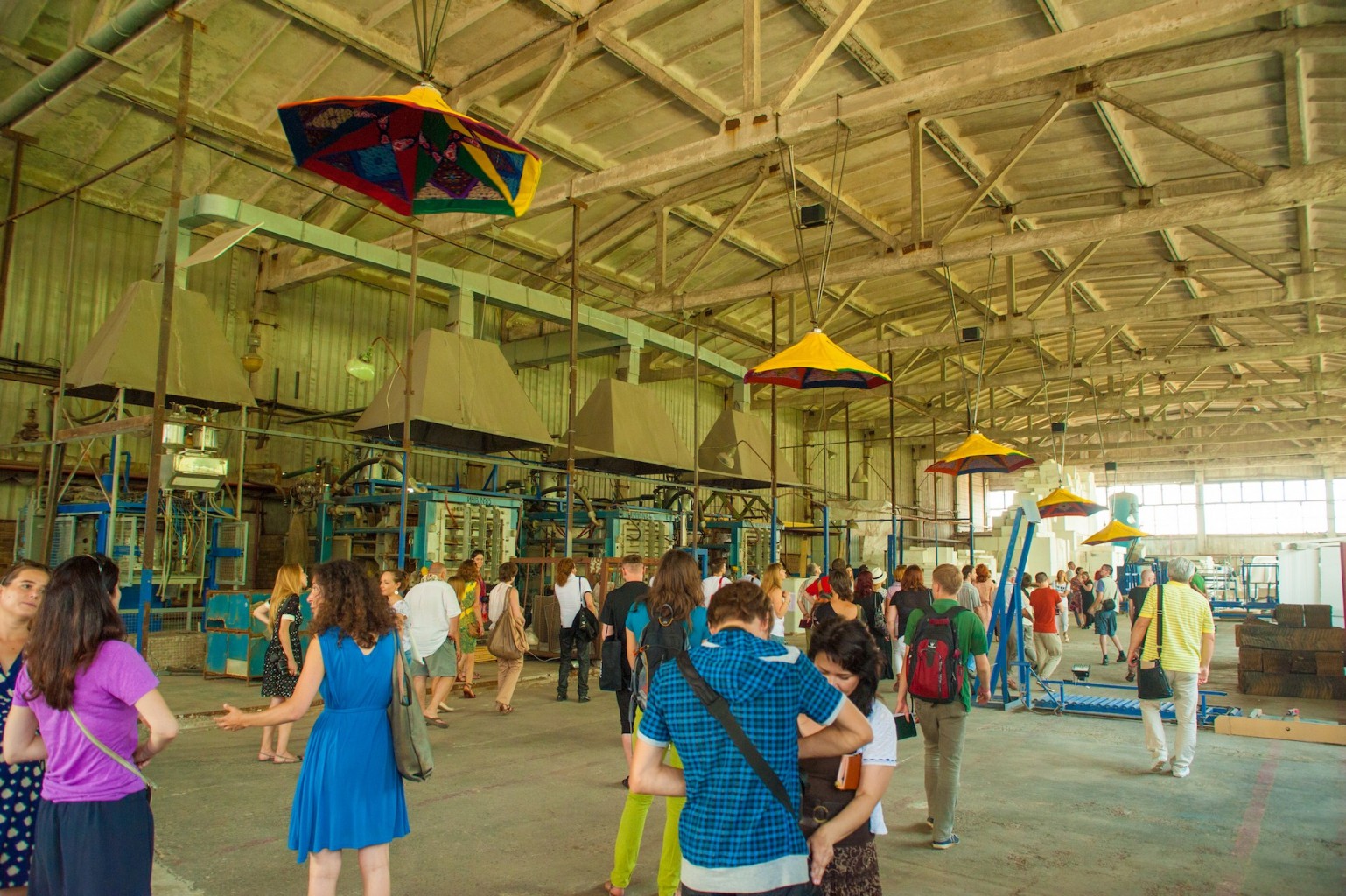
Since 2010 till 2014, IZOLYATSIA foundation organized a large number of local and international cultural projects, including residences, concerts, exhibitions, educational programs for children and adults, movie screenings, and other. IZOLYATSIA has become the most important cultural institution in the East of Ukraine and one of most important cultural institutions in Ukraine and Eastern Europe.
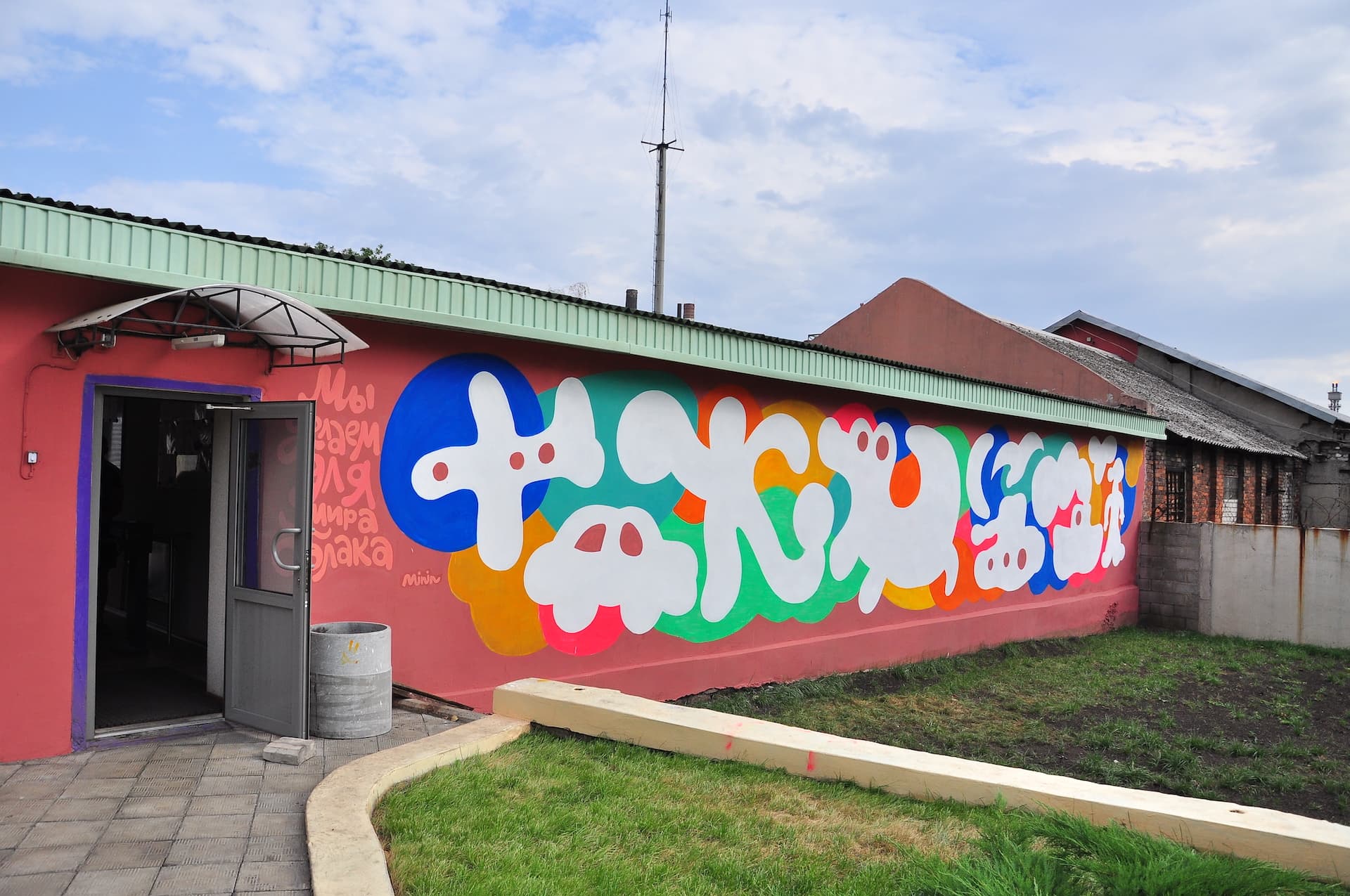
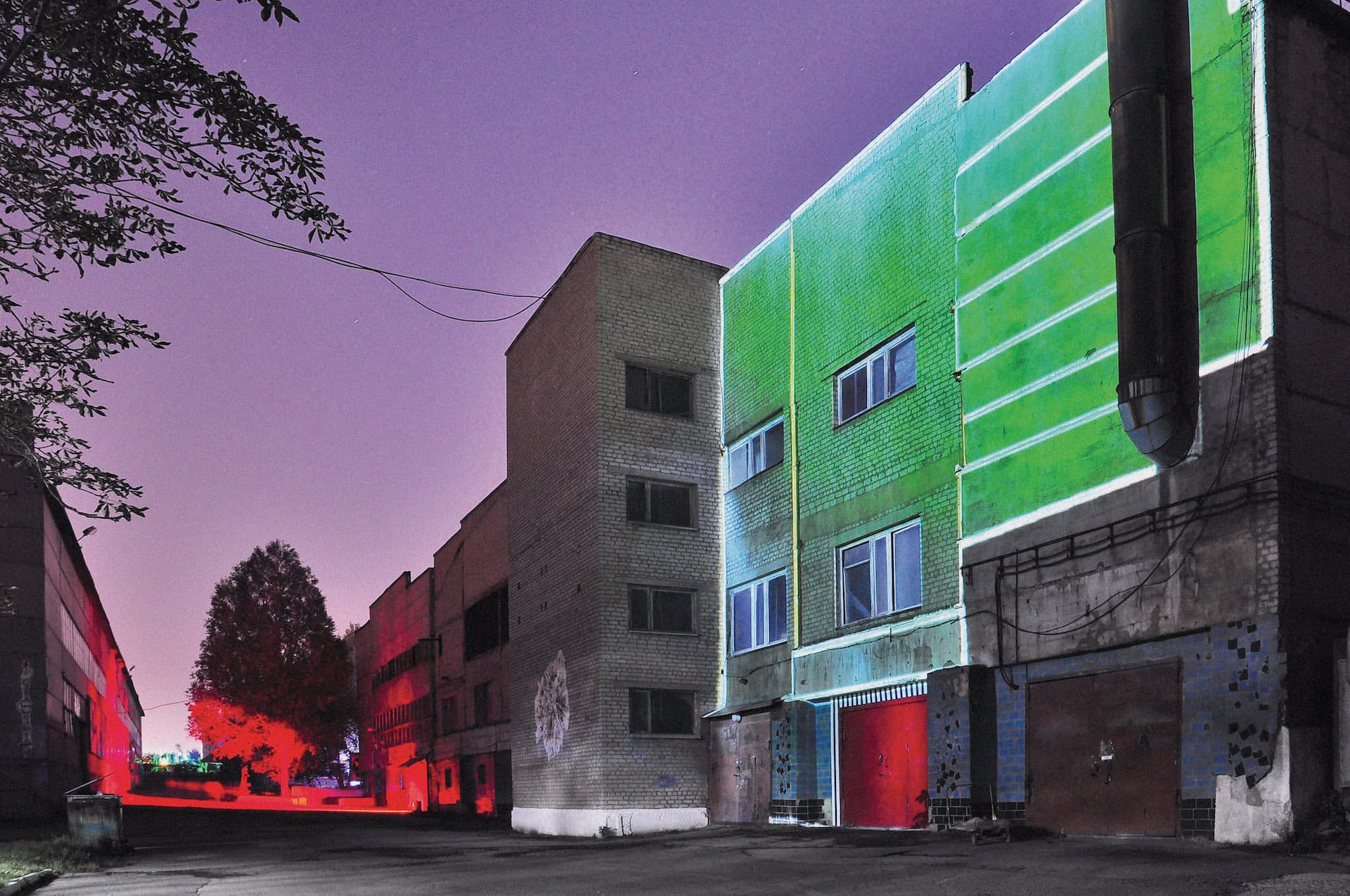
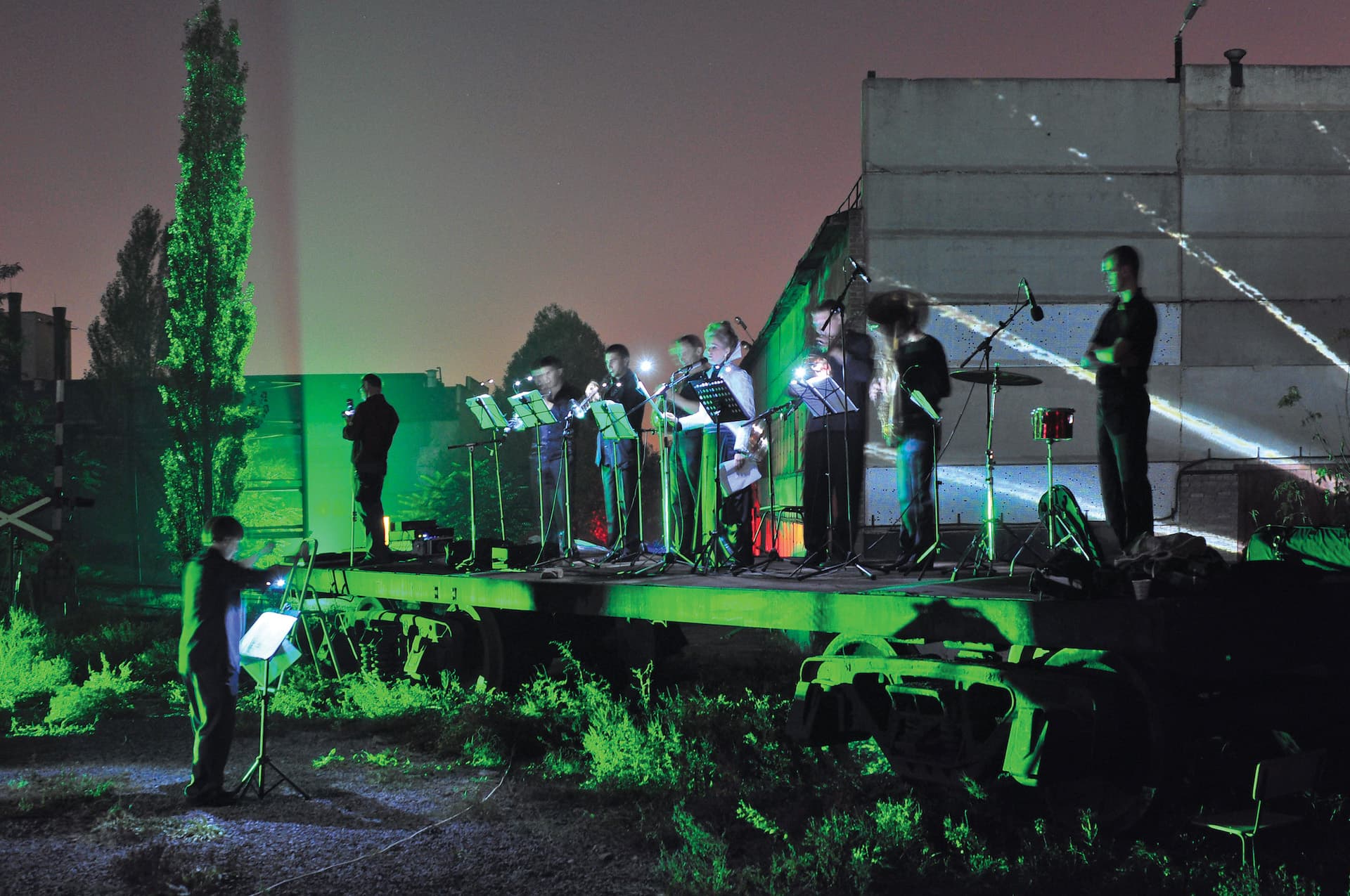
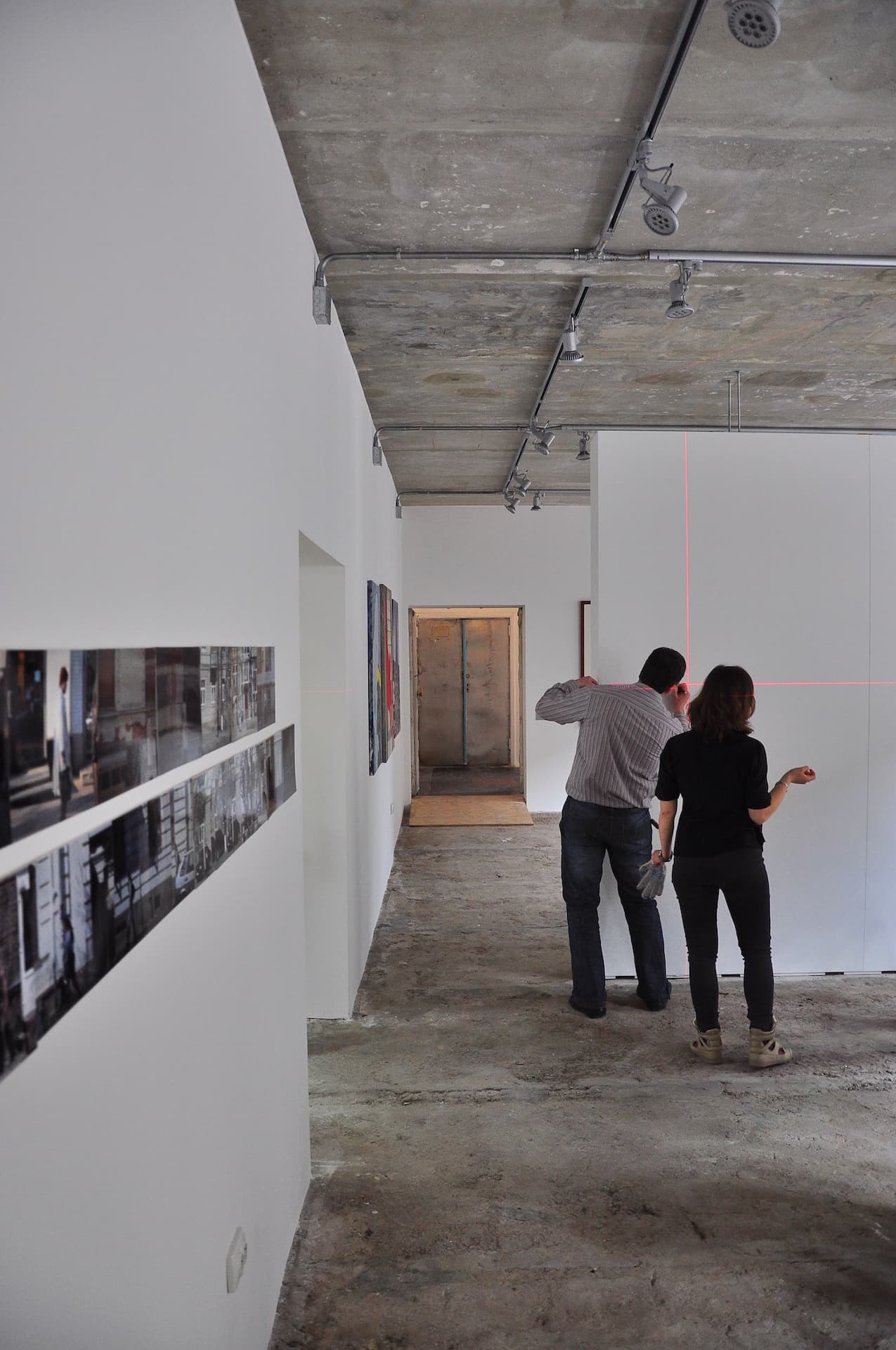

SOLEDAR
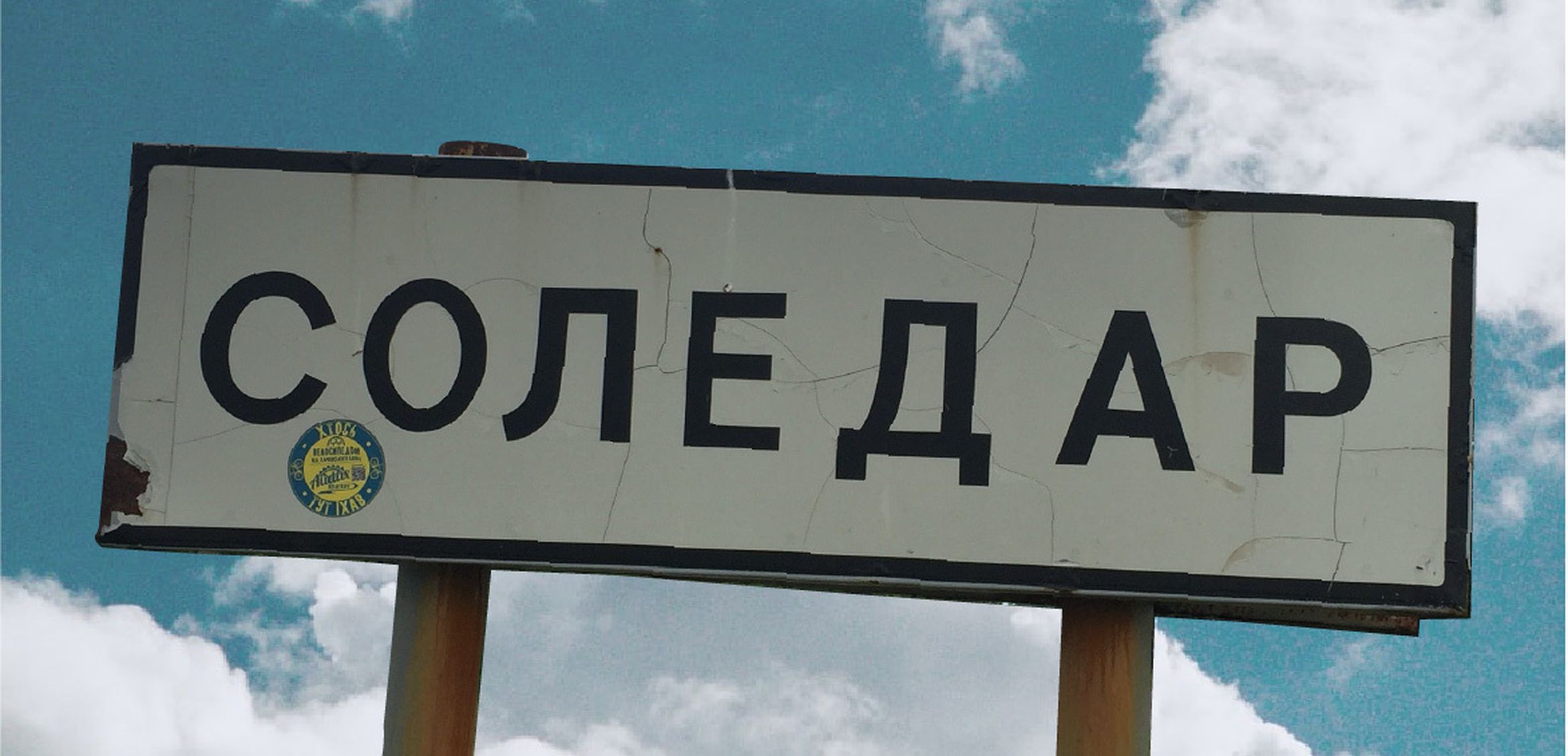

History

The extensive reserves of very mineral resource estimations have been a crucial factor in the formation of many settlements in Donetsk region, Ukraine. One of them is Soledar town, with around 11.000 population, located at the confluence of the rivers Mokra Plitva and Bakhmutka. The town’s history dates back to the 17th century village Bryantsevka located in the place of the modern Soledar. Already at that time, the locals were engaged in extracting salt from the nearby deposits. However, there was no modern mining industry till the end of the 19th century. In the 1880s the salt deposits were exploited on an industrial scale for the first time.

Gradually, the salt industry led creation of an urban settlement in 1924 named Karlo-Libkhnekhtivsk combining two nearby villages. Salt mining became a centre of locals’ lives: due to the mining industry the majority of the locals were provided with jobs, the infrastructure of the settlement changed; social service buildings such as a school and hospital were constructed. After the 1920s, a public park and stadium were created as well. The following decades were full of development and construction projects; new residential blocks for 800 families, a new hospital, a kindergarten as well as shops, a cafe-canteen emerged on the urban landscape.
Over time, salt mines and mining became the core elements of the community identity. The symbolic expression of salt related identity was the act of renaming the town in 1991 to Soledar, which means a “gift of salt” in Ukrainian. Nowadays, salt extraction continues to be the main economic activity for the locals. Around three thousand people are involved in mining. Soledar official symbols - the flag and coat of arms - depict the sign of salt. Salt miner's day on every last Saturday of August, a quite popular celebration of the community, is another illustration of the important role of salt mining in locals’ life. Finally, the main statue in the town belongs to the famous geologist Alexander Karpinski, one of the 19th century discoverers of salt deposits in the region.
Local enterprises
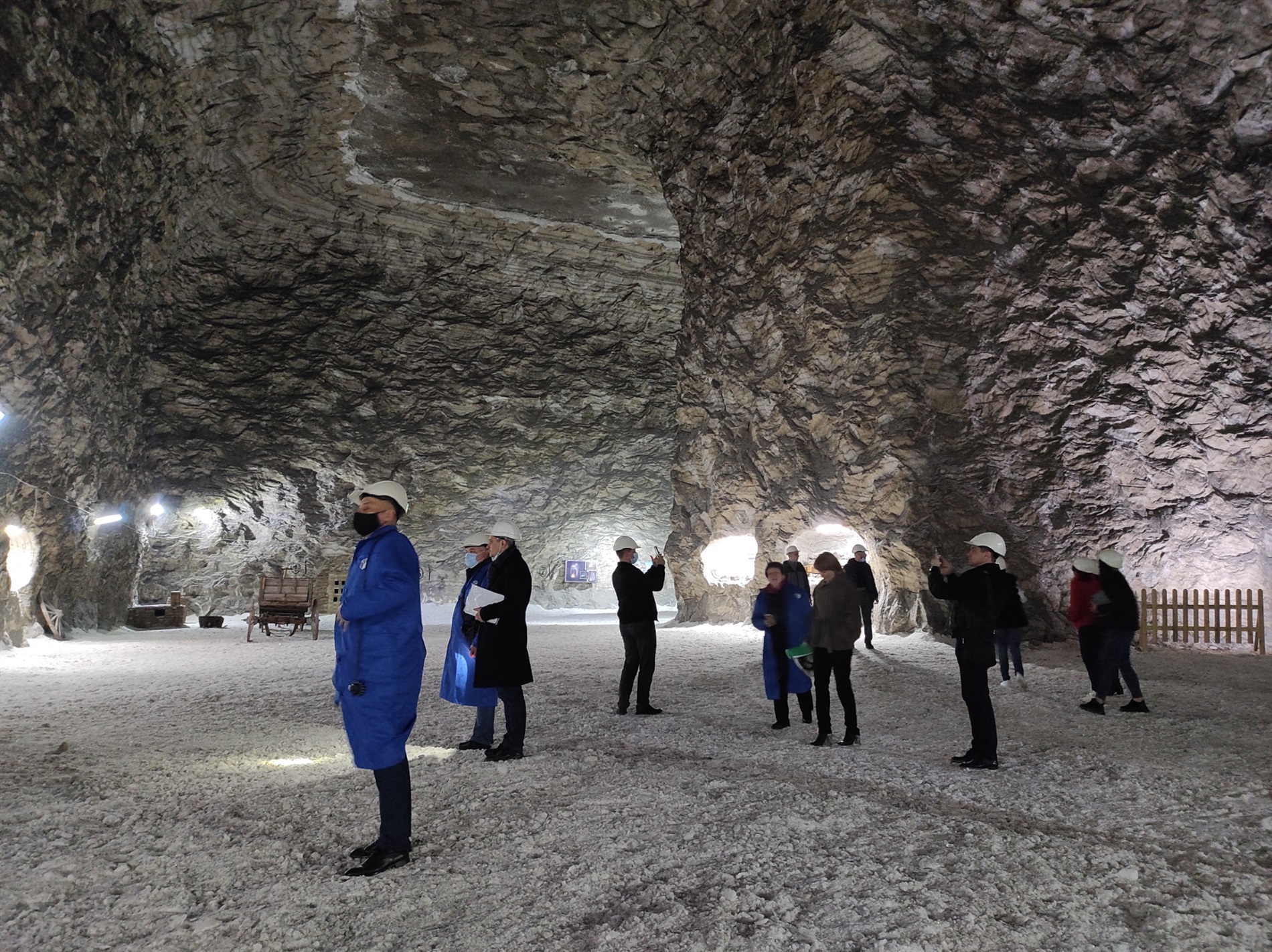
The main enterprises in Soledar are related to mining and processing industries. The two largest companies are State Enterprise Association Artyomsol and Knauf Gypsum Donbass LLC. Agriculture and forestry, though a smaller scale, are developing in Soledar as well. There is a state enterprise, Yalinka, engaged in cultivation of decorative plants - Christmas trees, blue spruce trees and other ornamental plants. A number of agricultural enterprises in the rural settlements of Soledar community are engaged in growing various types of grains.

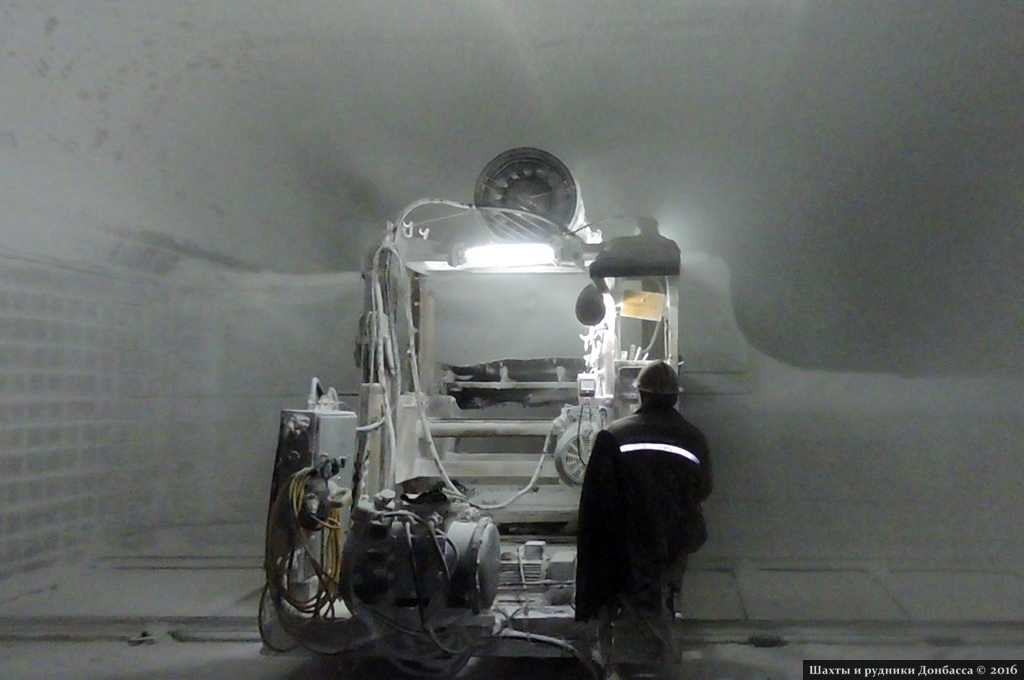
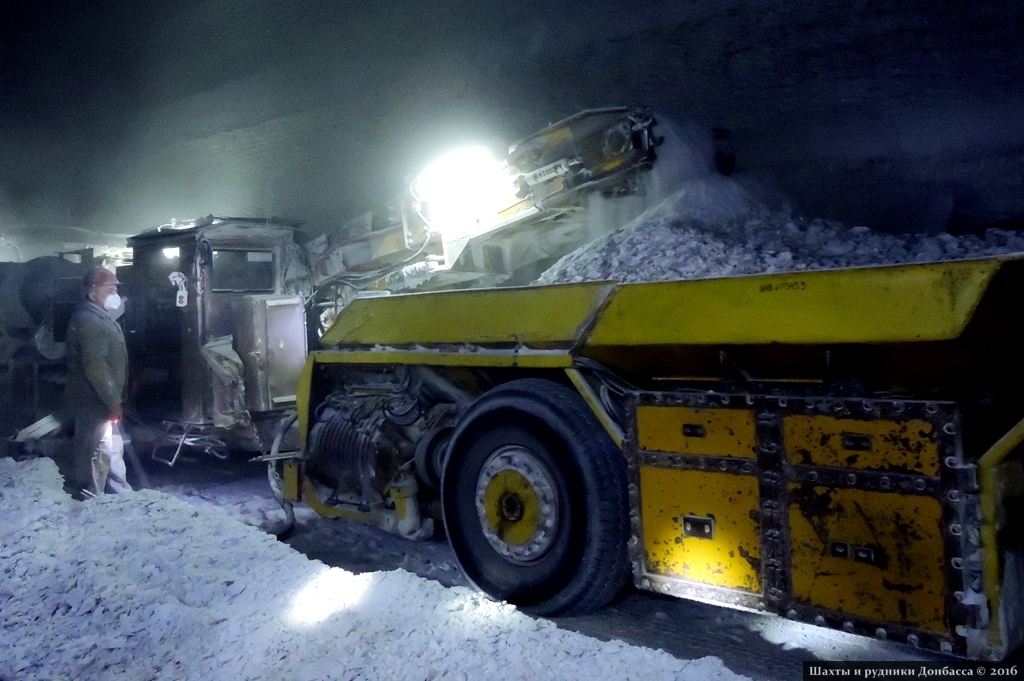
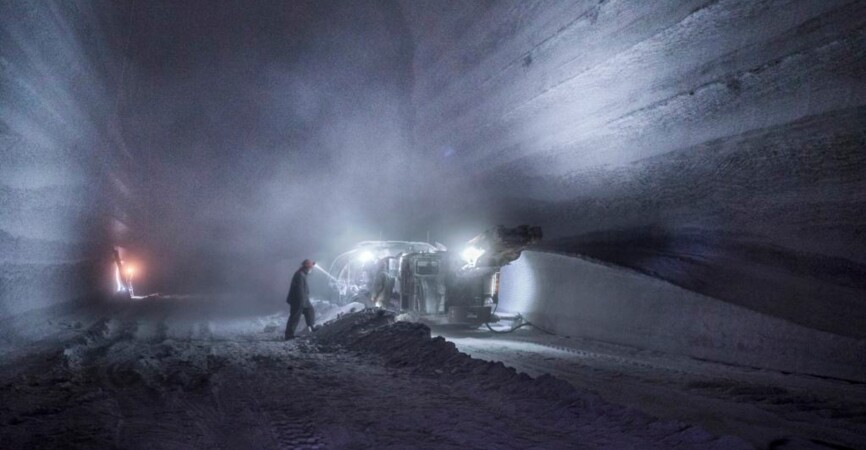
State Enterprise Association Artyomsol, founded 1881, is the oldest company which has played a big role in the formation of the Soledar town. Currently, the company employs more than 2,800 people and supplies some 95 percent of Ukrainians' salt. It is doing the extraction, processing, packaging and shipment of salt. The company has 4 active mines and repair and construction management. The products are sold for food and heavy industries in the markets of more than 16 countries.
In 2000, there was an attempt from activists to recognize salt mines with 6.5 ha underground and 0.2 ha aboveground areas as natural monument on the state official level. The recognition was based on the following values: a) the unique geological structure, b) health-improving value. The initiative was supported by local government, but not approved by the state government.
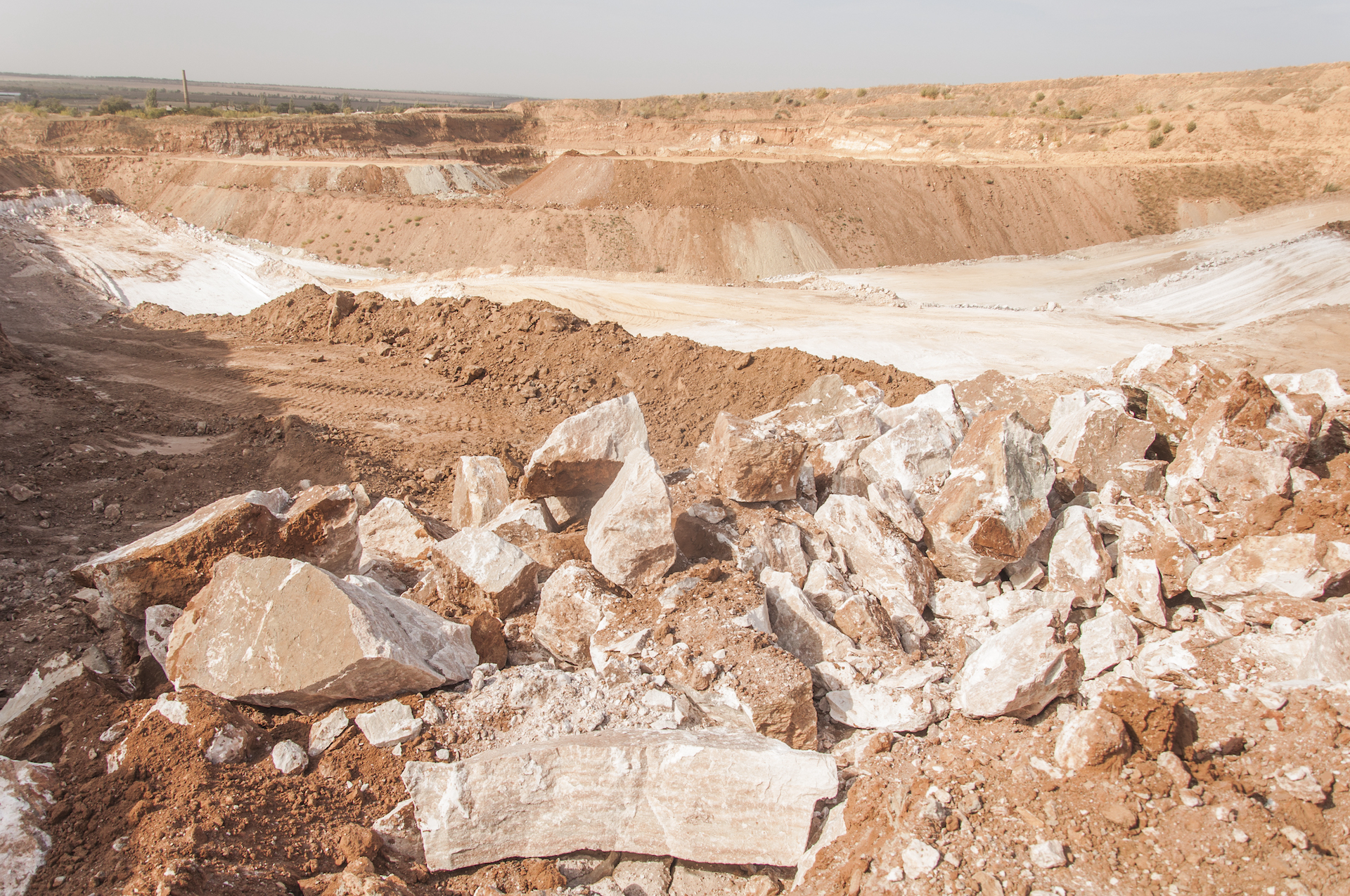
KNAUF Gypsum Donbass is a subsidiary of a German gypsum producer KNAUF, opened a factory in Soledar in 2006. The company extracts gypsum and other sedimentary rocks from the nearby deposits and produces construction materials. KNAUF employs around 400 local people.
Also, Soledar has a few small businesses, mainly commerce and services.

Tourists attractions

As mentioned above, the salt mines, besides providing the main industry, salt extraction, are also resources for developing the health resort and museum there leading to the development of the tourism industry in Soledar. The Speleological Sanatorium was founded in 1993 providing treatment for people with bronchial asthma, respiratory diseases, since 2014 has not operated properly. The sanatorium has aboveground and underground areas. Nowadays it is possible to get treatment there, however it is not an active sanatorium with the necessary conveniences as it was before. The usual procedure can take two weeks, patients spend time under the ground, stay in special rooms – they are healed and treated for respiratory diseases and various allergies.
Besides Sanatorium, there is an organized guided tour to the Museum of Salt Industry. Visitors can go underground at the mine #3 to see galleries that are located at a depth of 300 meters and have roofs of 28 meters height. Also, there is an underground Orthodox Church dating back to the end of the 19th century, located at the mine #1.
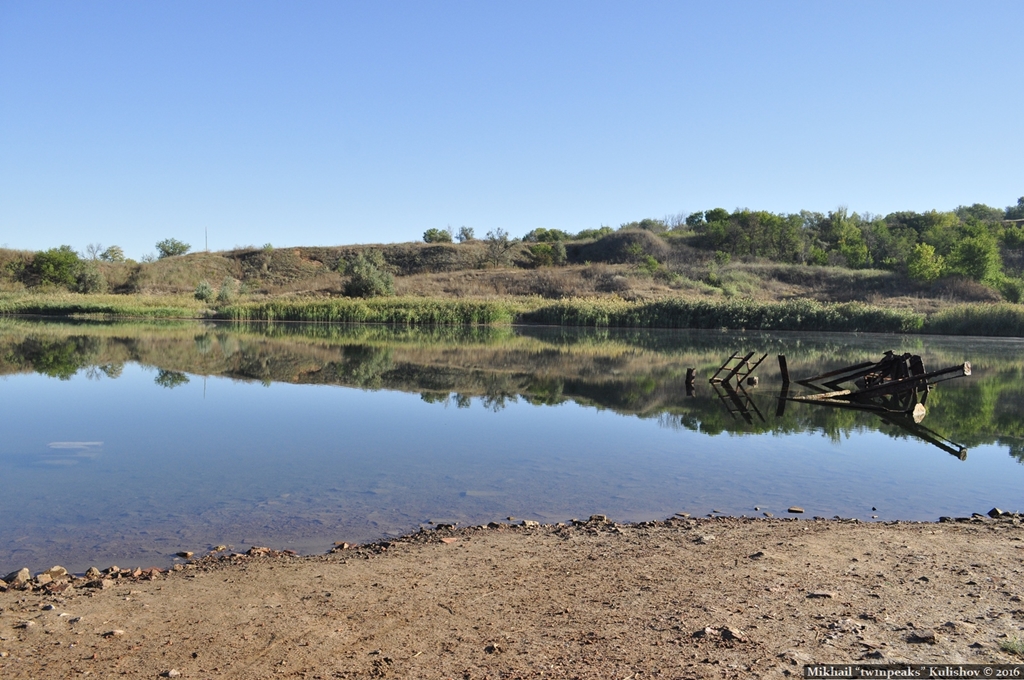

Soledar Lake (or Provalie as the locals call it) is one of the natural attractions of the city. The lake was formed on the site of a salt mine that was blown up during the Second World War. Water in the lake is extremely salty, and water's density is very high which makes it difficult to explore the depths of the lake. Another interesting detail is that the temperature of the water’s rises as you dive deeper – on the surface it is about 20°C, but going deeper underwater it can reach up to 40°C. Such an increase in temperature has not been explained yet. Additionally, because the lake is located on the site of a former mine, there is a high risk of waters collapsing deeper making it more dangerous to explore the bottom of the lake.
Community

In 2016 the United Territorial Community was created combining Soledar town with the nearby 37 villages. The overall population of the community is 20.500, out of which 11.000 lives in Soledar town. Here we will focus on the community living in Soldear town and will touch upon some aspects of its socio-cultural and educational life.
There are four preschools, two secondary schools and a lyceum in Soledar. The Children and Youth Сenter is a building of a former school, where are located the Library, the Musical School and the Inclusion Center, which helps children with disabilities to adapt to society. It is a main center of cultural and educational activities outside of schools, as well as a place of discussions and trainings for community members.
Another cultural institution in Soledar is a House of Culture. Except the activities of a vocal singers group no permanent cultural activities are organised there. The building is mainly used for concerts or celebrations acquiring a few times a year; International Women's Day, Farmer’s Day, Local Self-Government Day, Constitution Day, etc.
As for the sports and leisure life, the sports complex House of Sport with the swimming pool, small gym and a basketball field is the most actively used one. People from the town and nearby villages come there, especially parents with their kids. There is a stadium Solianyk located nearby. It is used not only for football games but also for other public celebrations.

As the talks with the locals show, the overall cultural and public leisure life in Soledar is not that active and diverse. They spoke about the need to initiate new programs and make the youth become more active and involved.

Occupation
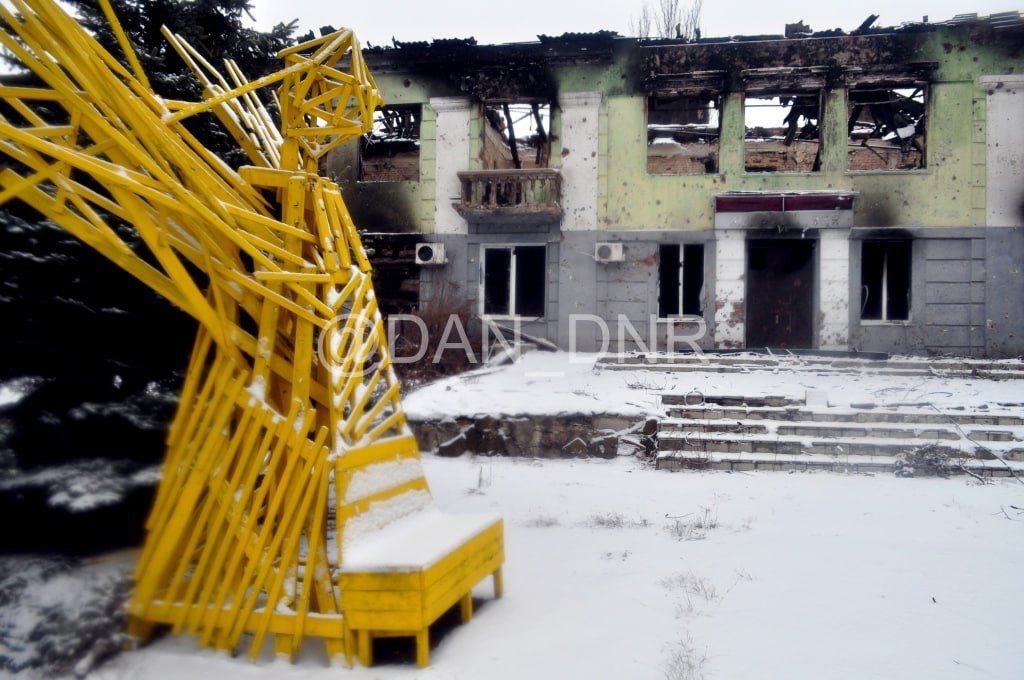
Russian forces began an offensive on 3 August 2022, shelling Soledar, Bakhmut, and surrounding villages to the south and east. Repeated local Russian assaults on or near Soledar continued into October, with many repelled by the Ukrainian army. By late December, much of the fighting in the region centered around Bakhmut, with Soledar seen as a satellite stronghold protecting the city's northeastern flank and supply lines. By this time, much of Soledar had been reduced to ruins.
On February 1, we have found photo of Anton Logov's surviving sculpture "Soledar Angel" against the background of the destroyed office of the organization in the city.
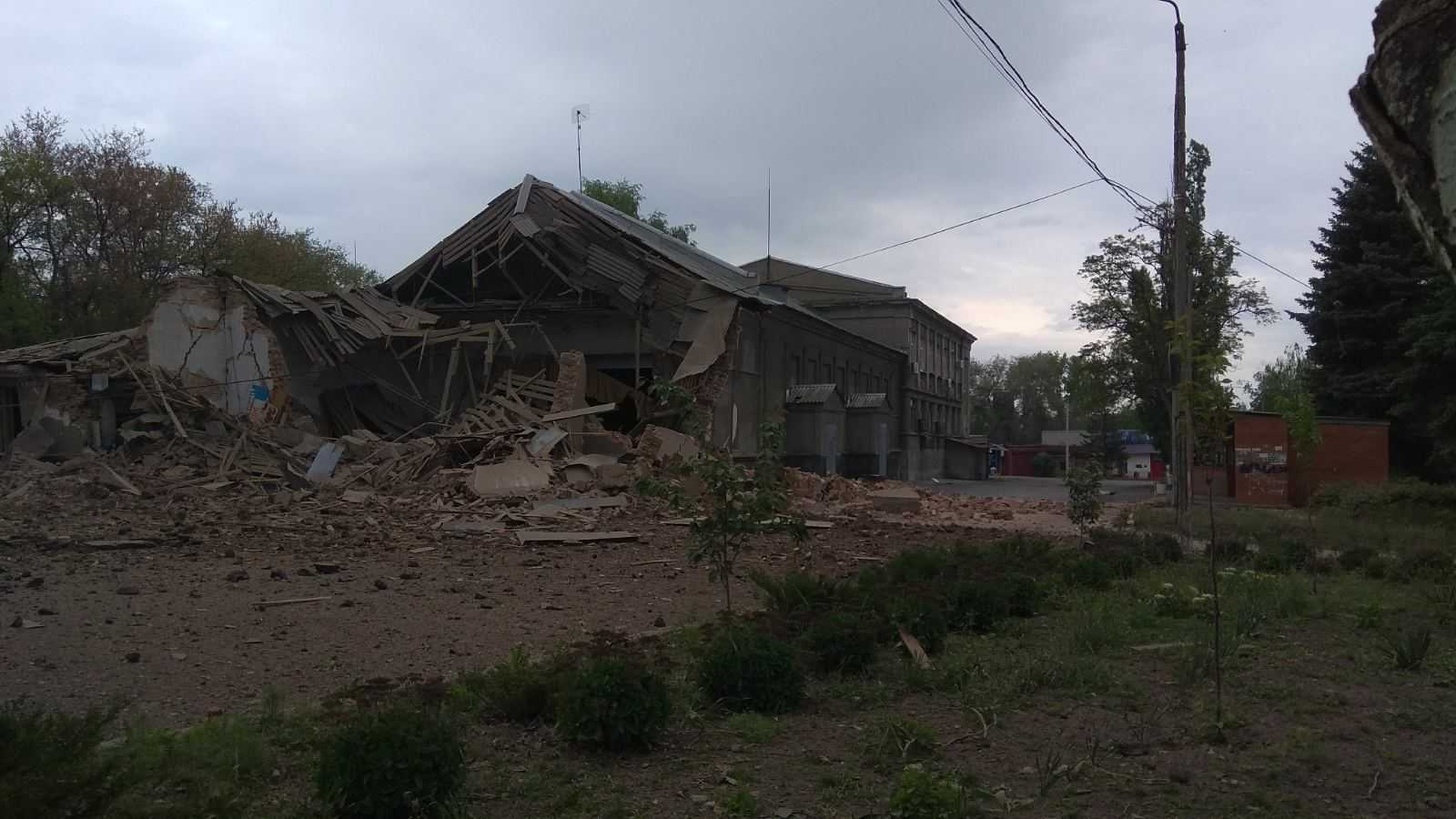
Soledar House of Culture has been destroyed by the Russian shelling earlier in the spring of 2022.

By the end of the fighting, Soledar was largely destroyed, with Ukrainian President Volodymyr Zelensky saying that "barely any walls in Soledar remained standing". According to Donetsk Oblast governor, of the pre-invasion population of 10,490, only "559 civilians including 15 children" remained in the settlement by 13 January.









